Only five percent of applicants to Duke University are expected to be accepted for admission this year, with an expected first-year class of slightly more than 1,700 students and a record-breaking 34,400 applications received.
“We’ve been increasing the visibility of our programs for low-income and first-generation students, and people are paying attention,” said Christoph Guttentag, Duke’s dean of undergraduate admissions when discussing the nearly seven percent increase in admission applications.
A recent partnership with QuestBridge, a non-profit organization that helps to connect low-income students who show academic promise with high-profile and selective universities, has helped to boost Duke’s applications from students who normally would view the storied institution as out of reach. Guttentag also credits the Washington Duke Scholars program, which has provided financial, cultural and academic support for 30 first-generation students and those from under-resourced high schools.
“In two of the last three years, students of color have made up 50 percent of the incoming first-year class,” said Guttentag. “Duke is a place with a significant representation of people of color, and a welcoming place for the wide range of backgrounds and experiences we find among talented students.”
According to Guttentag, 68 percent of applicants indicated an intention to apply for financial aid, the highest percentage in 20 years, and over 3,000 of applicants from this year applied under Duke’s binding Early Decision process, in which applicants who apply by an early November deadline pledge to attend if accepted.
These numbers also include a 12 percent increase in applications from international students, and Duke’s “need blind” policy for U.S. citizens and permanent residents means that applicants are accepted regardless of their ability to pay for college. Duke meets 100 percent of demonstrated financial need for all admitted students.
Duke releases admission decisions in late March and early April.
Related Stories
‹
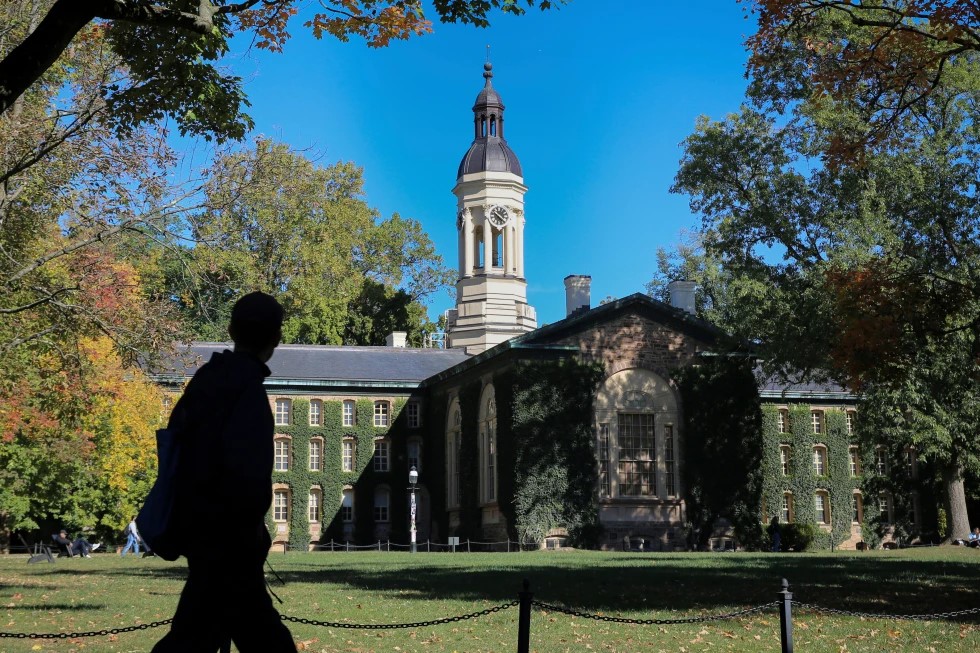
Without Affirmative Action, Elite Colleges Are Prioritizing Economic Diversity in AdmissionsSome prestigious colleges are enrolling record numbers of low-income students as an admissions tactic in the absence of affirmative action.
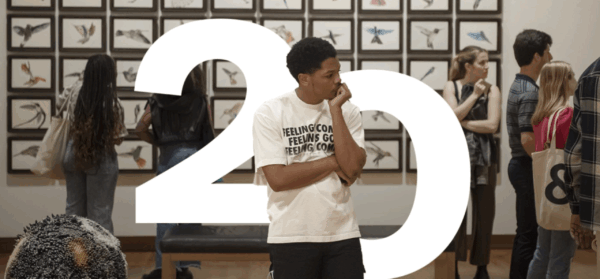
Talking Culture: Celebrating Twenty Years at the Nasher Museum of Art!Aaron welcomes Michelle Moore of the Nasher Museum of Art at Duke University, which marks its 20th anniversary with a free event October 18.
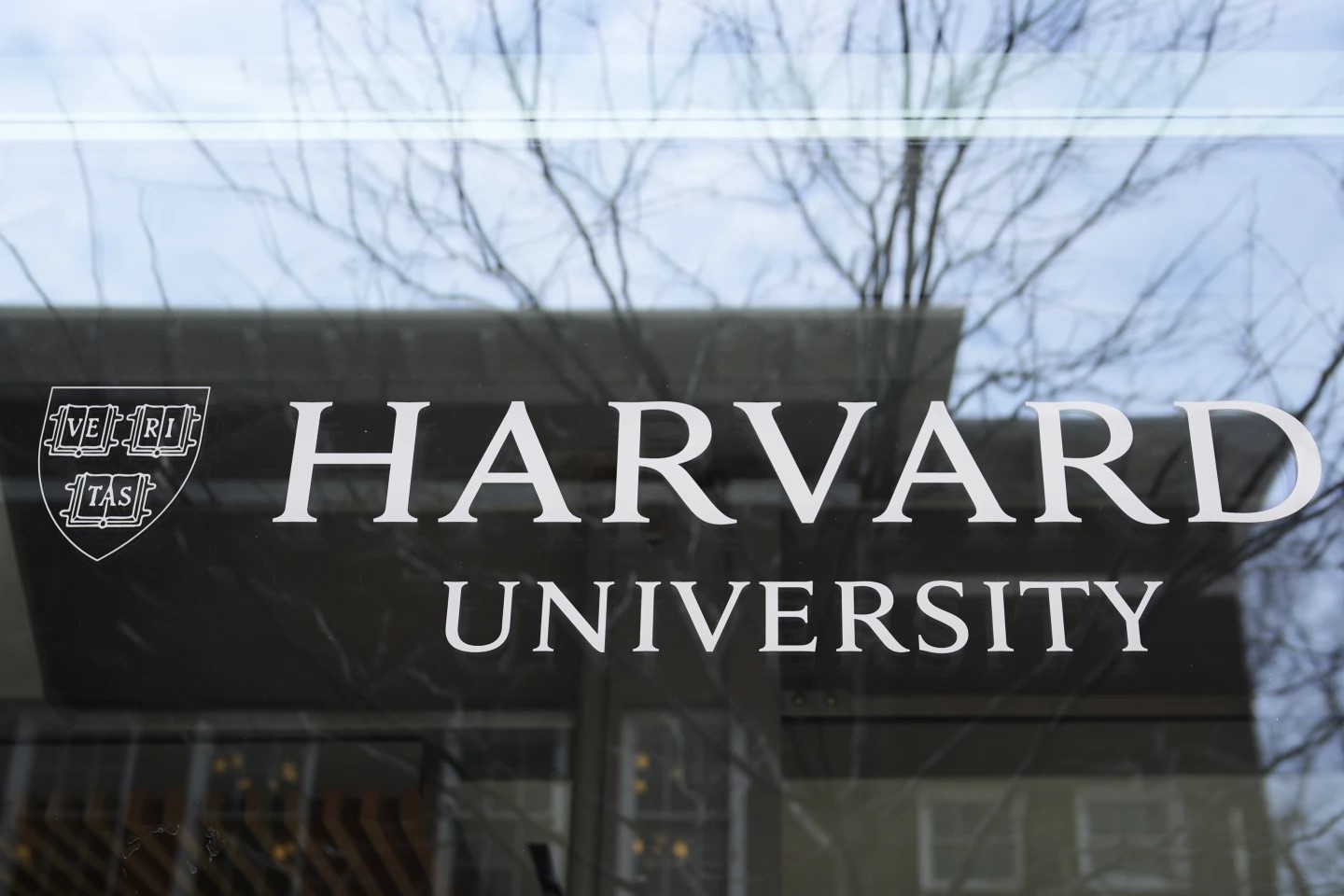
Judge Reverses Trump Administration’s Cuts of Billions of Dollars to Harvard UniversityA federal judge ordered the Trump administration to reverse its cuts of more than $2.6 billion in research funding for Harvard University.
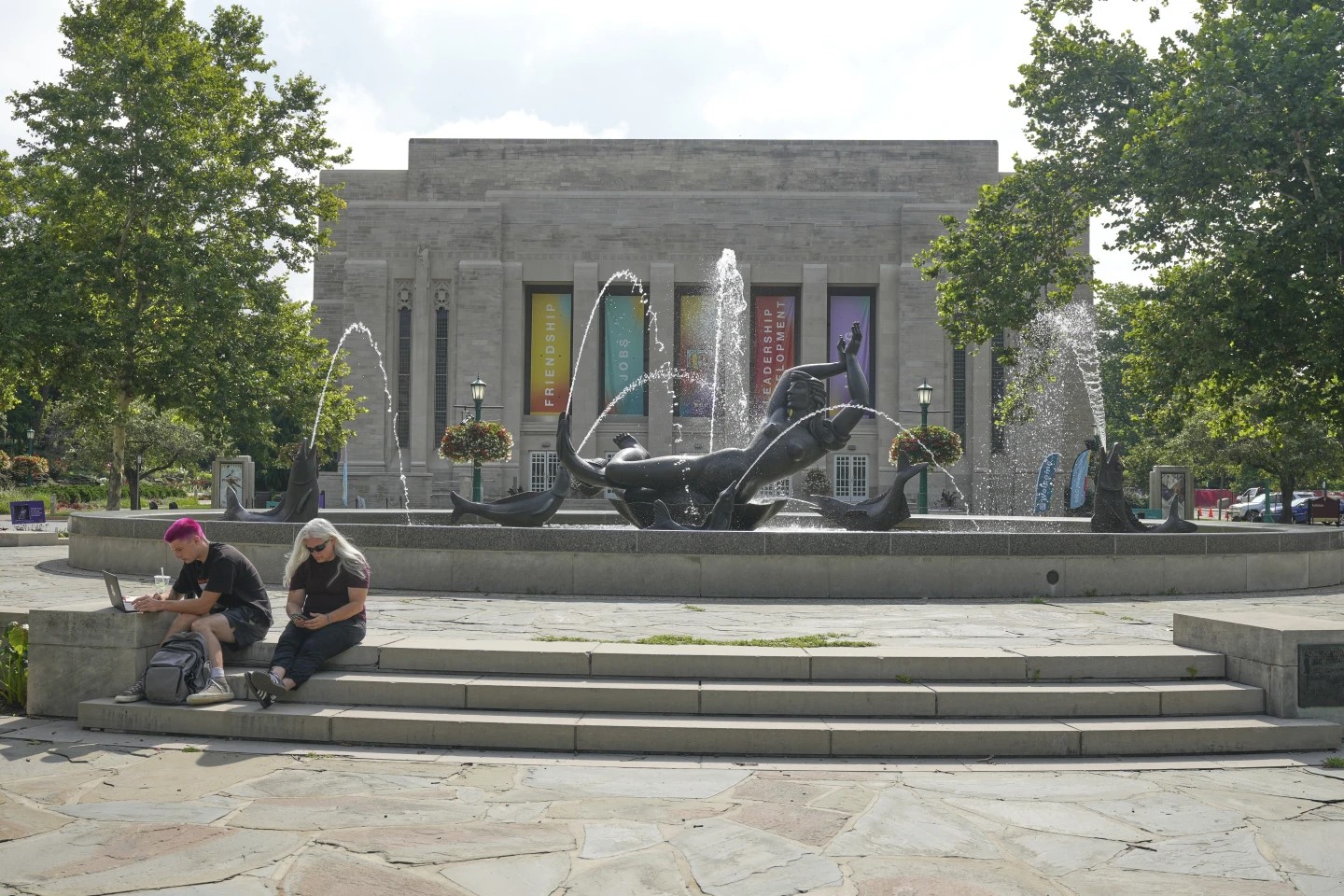
Far Beyond Harvard, Conservative Efforts To Reshape Higher Education Are Gaining SteamOfficials in conservative states took aim at higher education before President Donald Trump began his second term and have increasingly focused on university governance.

UN Says if US Funding for HIV Programs Is Not Replaced, Millions More Will Die by 2029In the last six months, the sudden withdrawal of U.S. money has caused a “systemic shock,” to the world's response to HIV infections.
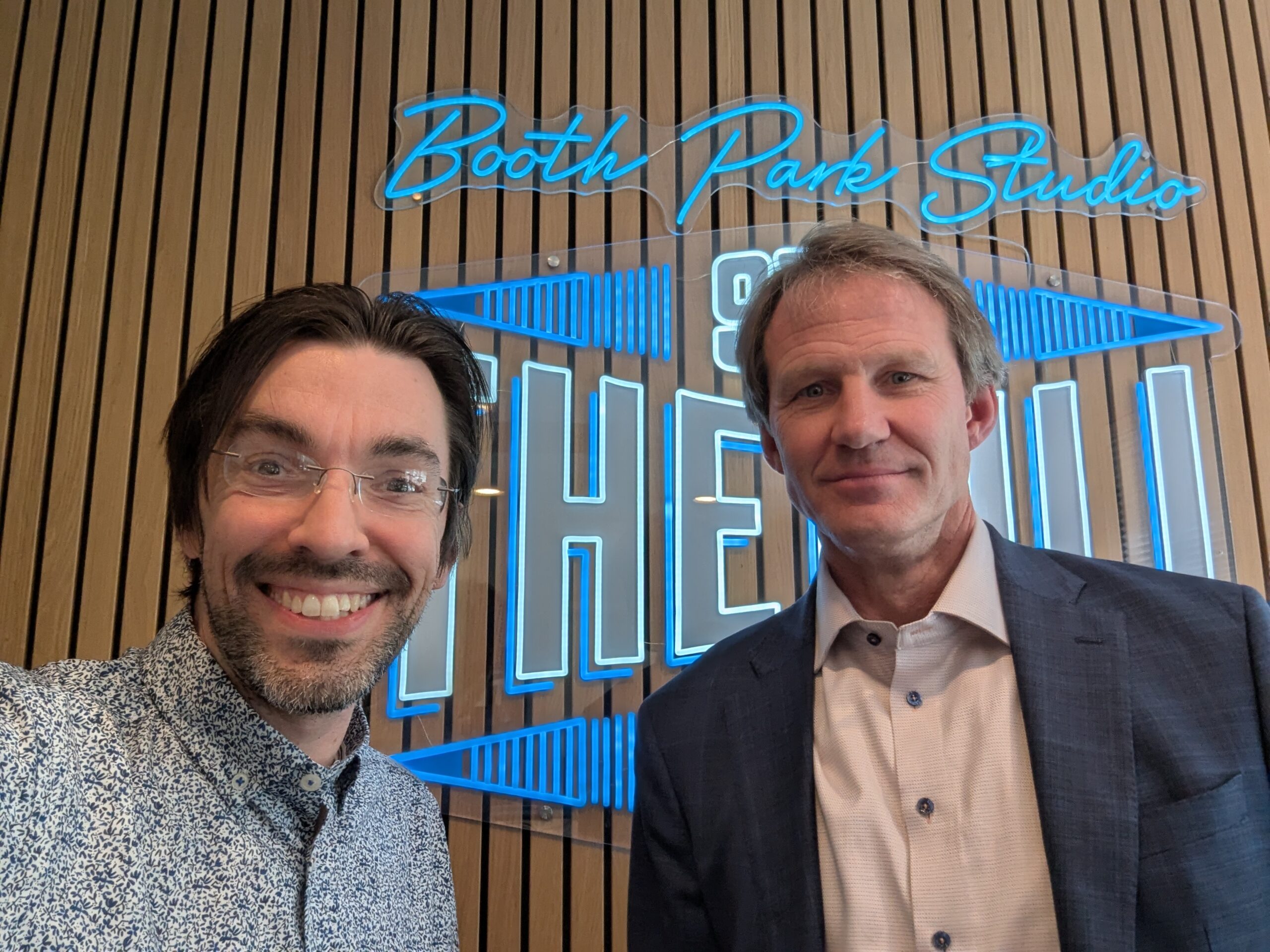
'Making an Impact in the Community': Durham Tech President JB BuxtonDurham Tech president JB Buxton discusses rising enrollment, budget concerns, new programs, and a recent $1.5 million arts endowment.

Harvard Sues the Trump Administration Over Ban on Enrolling Foreign StudentsHarvard University is challenging the Trump administration’s decision to bar the Ivy League school from enrolling foreign students, calling it unconstitutional retaliation.

As Trump Administration Continues Slashing EPA, Scientists Hope Other Bodies Can Fill VoidLast Friday, the Donald Trump administration announced plans to eliminate the Environmental Protection Agency’s Office of Research and Development, leaving employees with the choices of retiring, applying for new jobs, or waiting to be fired. The elimination of the EPA’s research arm is expected to cripple scientific progress in environmental fields at a […]

After ICE Reversal, UNC Chancellor Says 5 International Students' Status RestoredThe U.S. government's ongoing scrutiny of international university students recently led to the termination of six UNC students' visas.
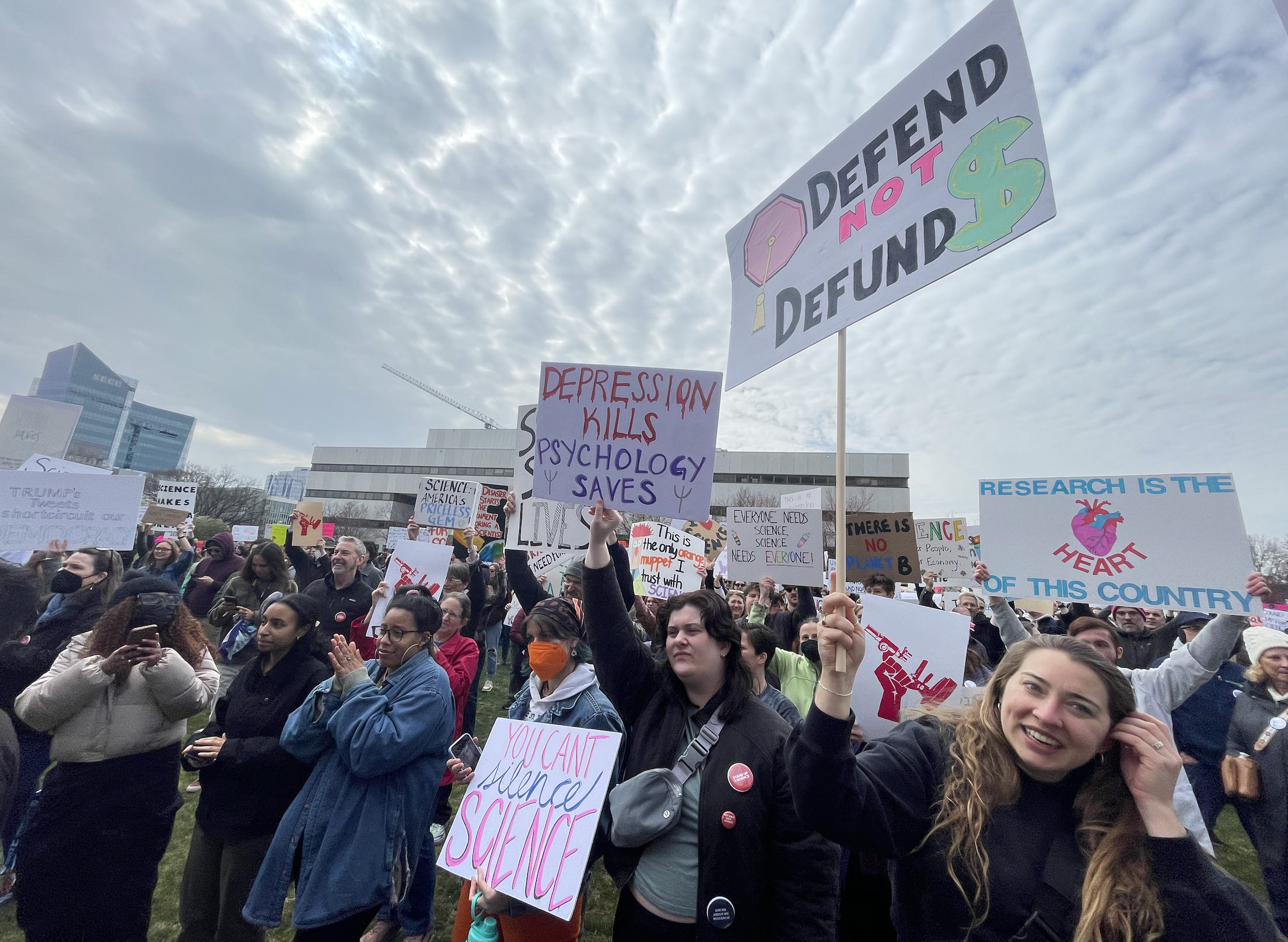
Hundreds March in Raleigh Against Cuts in Federal Funding for Scientific ResearchThe event was one of 32 official rallies happening in cities across the country under the title “Stand Up For Science.”
›










